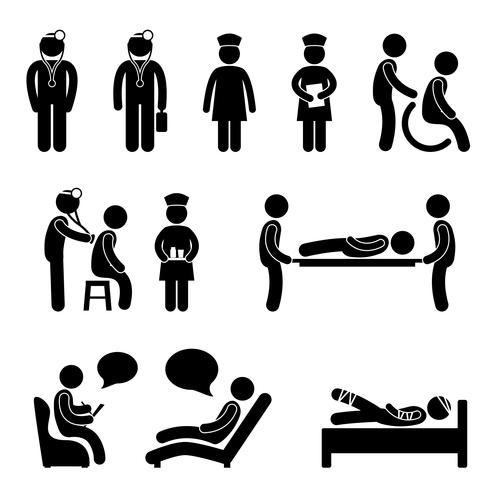Can Lifestyle Changes Help Depression
Can Lifestyle Changes Help Depression
Blog Article
Just How Do Mood Stabilizers Job?
State of mind stabilizers aid to calm areas of the mind that are influenced by bipolar disorder. These medicines are most reliable when they are taken routinely.
It might take a while to find the best drug that works finest for you and your physician will check your problem throughout treatment. This will certainly entail regular blood examinations and perhaps a modification in your prescription.
Natural chemical regulation
Neurotransmitters are a team of chemicals that regulate one another in healthy and balanced people. When levels become out of balance, this can lead to state of mind disorders like anxiety, anxiousness and mania. Mood stabilizers assist to stop these episodes by aiding regulate the balance of these chemicals in the mind. They additionally might be used together with antidepressants to enhance their efficiency.
Medicines that function as state of mind stabilizers include lithium, anticonvulsants and antipsychotics. Lithium is possibly one of the most well known of these medicines and works by impacting the circulation of salt through nerve and muscle mass cells. It is most often utilized to deal with bipolar illness, but it can likewise be handy in treating other state of mind conditions. Anticonvulsants such as valproate, lamotrigine and carbamazepine are additionally reliable mood supporting medications.
It can spend some time to find the best kind of medicine and dose for each and every person. It is essential to deal with your physician and participate in an open discussion concerning just how the drug is benefiting you. This can be specifically helpful if you're experiencing any side effects.
Ion channel inflection
Ion channels are a major target of mood stabilizers and numerous other medications. It is now well established that they are dynamic entities that can be modulated by a variety of outside stimuli. Additionally, the modulation of these channels can have a range of temporal effects. At one extreme, changes in gating dynamics may be fast and instantaneous, as in the nicotinic acetylcholine receptor/channel system. At the various other end of the spectrum, covalent adjustment by anxiety and depression treatment center protein phosphorylation may result in adjustments in network feature that last longer.
The field of ion channel inflection is getting in a duration of maturation. Current research studies have demonstrated that transcranial focused ultrasound (United States) can boost nerve cells by triggering mechanosensitive potassium and sodium networks embedded within the cell membrane layer. This was shown by revealed channels from the two-pore domain potassium family in Xenopus oocytes, and concentrated United States substantially regulated the existing flowing with these networks at a holding voltage of -70 mV (ideal panel, family member effect). The results follow previous monitorings showing that antidepressants impacting Kv channels manage glia-neuron communications to opposite depressive-like habits.
Neuroprotection
State of mind stabilizers, like lithium, valproic acid (VPA), and carbamazepine, are essential in the treatment of bipolar affective disorder, which is defined by frequent episodes of mania and anxiety. These drugs have neuroprotective and anti-apoptotic residential or commercial properties that help to stop mobile damages, and they likewise improve cellular resilience and plasticity in inefficient synapses and neural circuitry.
These protective activities of mood stabilizers might be mediated by their inhibition of GSK-3, inositol signaling, and HDAC activity. Moreover, long-term lithium treatment shields against glutamate excitotoxicity in cultured nerve cells-- a version for neurodegenerative disorders.
Studies of the molecular and mobile impacts of mood stabilizers have shown that these medications have a wide variety of intracellular targets, including multiple kinases and receptors, as well as epigenetic modifications. Refresher course is required to establish if mood stabilizers have neurotrophic/neuroprotective activities that are cell type or circuitry details, and just how these results might match the rapid-acting restorative reaction of these agents. This will help to create brand-new, much faster acting, extra reliable therapies for psychiatric diseases.
Intracellular signaling
Cell signaling is the process through which cells connect with their setting and various other cells. It includes a sequence of action in which ligands engage with membrane-associated receptors and cause activation of intracellular paths that control vital downstream cellular functions.
State of mind stabilizers act upon intracellular signaling via the activation of serine-threonine healthy protein kinases, leading to the phosphorylation of substrate healthy proteins. This triggers signaling waterfalls, leading to changes in genetics expression and mobile feature.
Numerous mood stabilizers (consisting of lithium, valproate and lamotrigine) target intracellular signaling paths by preventing specific phosphatases or activating details kinases. These impacts trigger a decrease in the activity of these paths, which leads to a reduction in the synthesis of certain chemicals that can affect the mind and cause signs and symptoms of depression or mania.
Some mood stabilizers likewise work by boosting the task of the repressive neurotransmitter gamma-aminobutryic acid (GABA). This boosts the GABAergic transmission in the brain and lowers neural task, thereby producing a soothing effect.